GameFi Returns? What’s So Special About GUNZ’s Gameplay-First, Crypto-Light Approach?
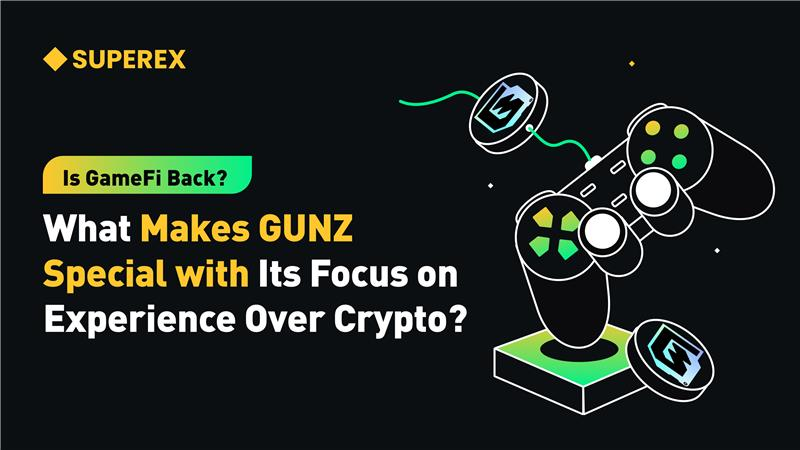
#GameFi #Crypto #GUNZ
On the evening of March 31, the GUN token — linked to the popular battle royale game Off the Grid — was officially launched. As the core asset of the GUNZ blockchain developed by Gunzilla Games, GUN ignited a frenzy through its Binance Launchpool campaign, attracting over 1.7 million participants and reaching a total staking amount of $15.8 billion, marking a seven-month high.
This phenomenon not only reignited calls for a GameFi revival but also made GUN one of the most talked-about new tokens in recent weeks.
GUNZ, developed by the well-known German game studio Gunzilla Games, is positioned as a Layer 1 blockchain designed specifically for AAA games, and is built on an Avalanche subnet. The platform aims to seamlessly integrate high-quality gaming experiences with decentralized asset ownership, using NFT technology to grant players true ownership of in-game items and enable free and transparent asset trading.
The emergence of GUNZ has breathed new life into a GameFi ecosystem that had been dormant for years. As a GameFi platform focused on immersive gameplay with lightweight crypto integration, GUNZ brings the core value of gaming experience back to the forefront of the GameFi narrative. What makes GUNZ unique is its optional blockchain features: players can choose to engage in NFT trading for profit, or simply enjoy the game without interacting with crypto elements. This approach lowers the entry barrier for newcomers and appeals to both traditional gamers and Web3 users.
On the technical side, GUNZ utilizes a customized consensus mechanism that delivers ten of thousands of transactions per second — with some tests reaching up to 12,000 TPS — and near-zero gas fees. It also offers robust development tools compatible with mainstream game engines like Unity and Unreal, significantly reducing the friction for traditional AAA titles to integrate blockchain features. GUNZ is currently in its testnet phase (Gunzscan), with its mainnet expected to launch in Q2 2025.
Past GameFi stars like Axie Infinity and StepN fell into decline due to unsustainable economic models and user attrition. Now, GUNZ aims to redefine GameFi by bringing the “gaming experience” back to center stage, while lowering the barrier to entry for crypto features, making the platform more accessible to the traditional gaming market.
So, what exactly sets GUNZ apart? And can it truly spark the return of GameFi?
- Click to register SuperEx
- Click to download the SuperEx APP
- Click to enter SuperEx CMC
- Click to enter SuperEx DAO Academy — Space

The Rise and Fall of GameFi: From Hype to Silence
GameFi, short for “Game Finance” (Game + Finance), originally emerged from the Play-to-Earn (P2E) model. The success of Axie Infinity sparked the first wave of GameFi mania, where users could earn tokens by purchasing NFT characters and participating in gameplay.
However, this model became overly reliant on tokenomics, which eventually led to the bursting of the bubble. When players entered the market primarily for speculation rather than gameplay, any drop in returns or shift in market sentiment could quickly trigger a collapse.
In addition, high entry costs and complex blockchain interactions discouraged many traditional gamers from joining.
Between 2022 and 2023, GameFi rapidly cooled down, with many projects stalling or disappearing entirely.
How Is GUNZ Breaking Through the GameFi Dilemma?
GUNZ, developed by renowned German game studio Gunzilla Games, is not simply aiming to replicate existing GameFi models. Instead, it seeks to redefine GameFi through advanced underlying technology, flexible blockchain functionality, and a robust game development ecosystem.
1. A Layer 1 Blockchain Built for AAA Games
GUNZ is positioned as a Layer 1 blockchain specifically designed for high-quality gaming, and is built on an Avalanche subnet. Unlike many GameFi projects that rely on existing blockchains like Ethereum or Polygon, GUNZ starts from the foundational layer to create a blockchain truly optimized for gaming environments.
Its customized consensus mechanism enables up to 12,000 TPS (transactions per second) while maintaining near-zero gas fees. This dramatically lowers the cost of in-game transactions, making NFT trading and item sales smoother and more accessible, without burdening players with expensive on-chain interaction fees.
2. Optional Blockchain Functionality
Traditional GameFi projects typically require players to use a wallet, purchase NFT characters or equipment before they can even begin playing. This “pay-first, then-play” model has hindered user growth.
GUNZ introduces innovation by making blockchain features optional — players can simply enjoy the game as a traditional title, without ever touching any blockchain elements.
Only when a player chooses to trade in-game assets, transfer NFTs, or engage in other on-chain actions do they need to interact with the GUNZ blockchain. This approach lowers the barrier for Web2 players to enter Web3 games. After experiencing the game, these players are more likely to adopt its financial layer, and during market downturns, they’re more likely to stay engaged — making GUNZ more appealing to the mass market.
3. Robust Developer Ecosystem
GUNZ is more than just a GameFi platform — it’s a complete Web3 game development ecosystem.
- GUNZ offers development support for mainstream game engines like Unity and Unreal Engine, enabling traditional game developers to build on GUNZ without needing deep blockchain expertise.
- Developers have full flexibility to customize their in-game economies, including whether to use NFTs, how to design tokenomics, and more.
- The platform provides SDKs and white-label tools for Unity and Unreal, helping major titles seamlessly integrate blockchain features, and enabling the shift from “content consumption” to “asset co-creation.”
4. A New Model for NFTs and In-Game Asset Trading
GUNZ emphasizes true asset ownership through its NFT trading model, allowing players to freely trade their in-game assets. This stands in stark contrast to the closed economies of traditional games, and holds the potential to transform the monetization model of the gaming industry.
Major studios like Ubisoft and Square Enix are already exploring NFT-based game models, and GUNZ’s success may serve as a valuable blockchain infrastructure reference for these companies.
By combining advanced infrastructure, player-first design, and a developer-friendly ecosystem, GUNZ is setting itself apart as a new generation GameFi platform — one that may finally bridge the gap between traditional gaming and the Web3 world.
The Potential Market Impact of GUNZ
Currently, the global gaming market has surpassed $200 billion, yet the market penetration of Web3 games remains very low. GUNZ’s strategy of “gameplay first, crypto light” has the potential to attract a large number of traditional gamers into the blockchain gaming space, driving broader adoption of GameFi.
In addition, with its low-cost on-chain transactions and high-performance Layer 1 infrastructure, GUNZ could become the go-to blockchain solution for game developers, further accelerating the growth of Web3 gaming.
In short, the launch of GUNZ is not just an upgrade to the GameFi model — it could also have a profound and lasting impact on the entire Web3 gaming industry.
“Off The Grid” — A Core Pillar of the GUNZ Ecosystem
Off The Grid is the first flagship application in the GUNZ ecosystem, and it has quickly captured market attention with its AAA-level graphics and immersive cyberpunk style. According to reports, the game has already attracted over 12 million wallets and recorded 230 million on-chain transactions, becoming one of the most popular free-to-play titles on the Epic Games Store during its early access phase.
- Battle Royale Mode: The game supports 150 players in a single match, featuring gameplay mechanics similar to mainstream battle royale titles like Apex Legends and PUBG.
- PvE + PvP Integration: Beyond the traditional battle royale format, the game includes narrative-driven PvE missions. Players can complete storyline quests in an open world, which in turn affect the game’s broader ecosystem. Upon mission completion, players receive unique NFT rewards with both collectible and tradable value.
- Blockchain Economy System: Players can acquire NFT items (e.g., weapons, gear, skins) through in-game missions and battles. These assets are fully owned by the players, and can be freely traded or sold on the GUNZ blockchain — or even brought into other compatible games — realizing true ownership and open asset exchange.
- User Experience: Blockchain functions are optional — players can choose whether or not to engage in NFT trading. This preserves a traditional gaming experience while also enabling co-creation of in-game assets, significantly lowering the entry barrier for new users.
Challenges Ahead
Despite GUNZ’s many innovations, several challenges still lie ahead:
First, although GUNZ has lowered the technical barrier for blockchain usage, a key challenge remains in attracting a critical mass of high-quality game developers. Without a strong content ecosystem, it will be difficult for GUNZ to win over traditional gamers and gain long-term traction.
Second, the GameFi market is still in its early stages, and regulatory uncertainty could hinder GUNZ’s growth and adoption. For example, some countries may impose stricter regulations on NFT trading or in-game token economies, potentially affecting the global scalability of the GUNZ platform.
Conclusion
With its AAA game quality, innovative asset ownership model, and strong financial and market backing, the GUNZ project demonstrates tremendous potential to revitalize the GameFi sector. Through Off The Grid, a high-quality title, GUNZ is not only positioned to attract both traditional and Web3 gamers, but also to build a decentralized, player-driven, and sustainable gaming ecosystem — opening up a new chapter for blockchain gaming.


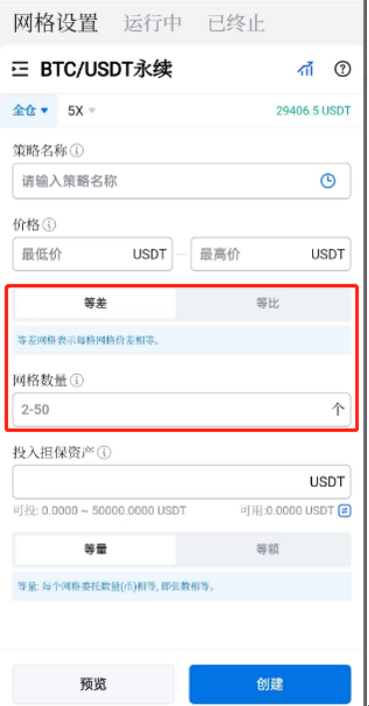

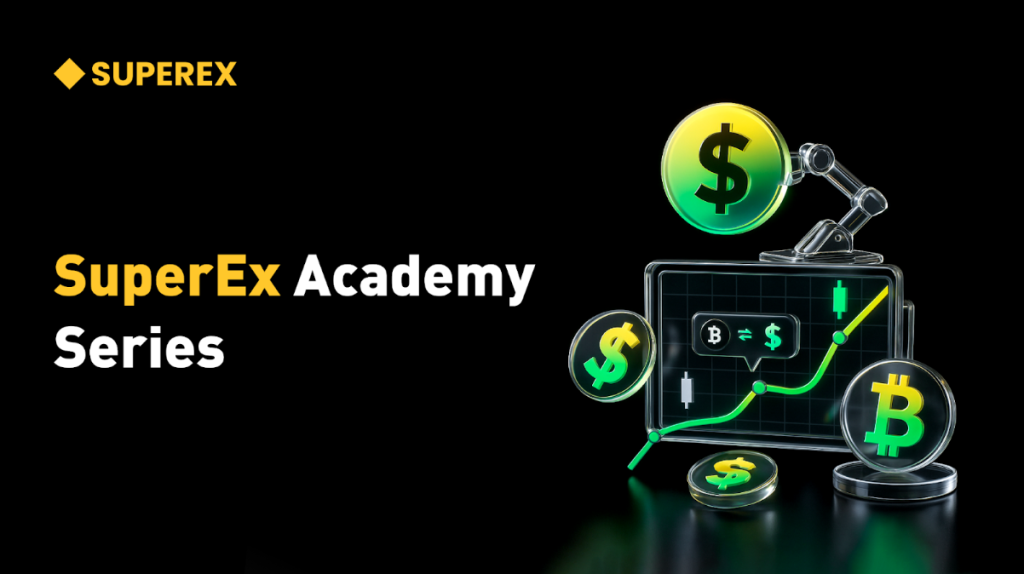
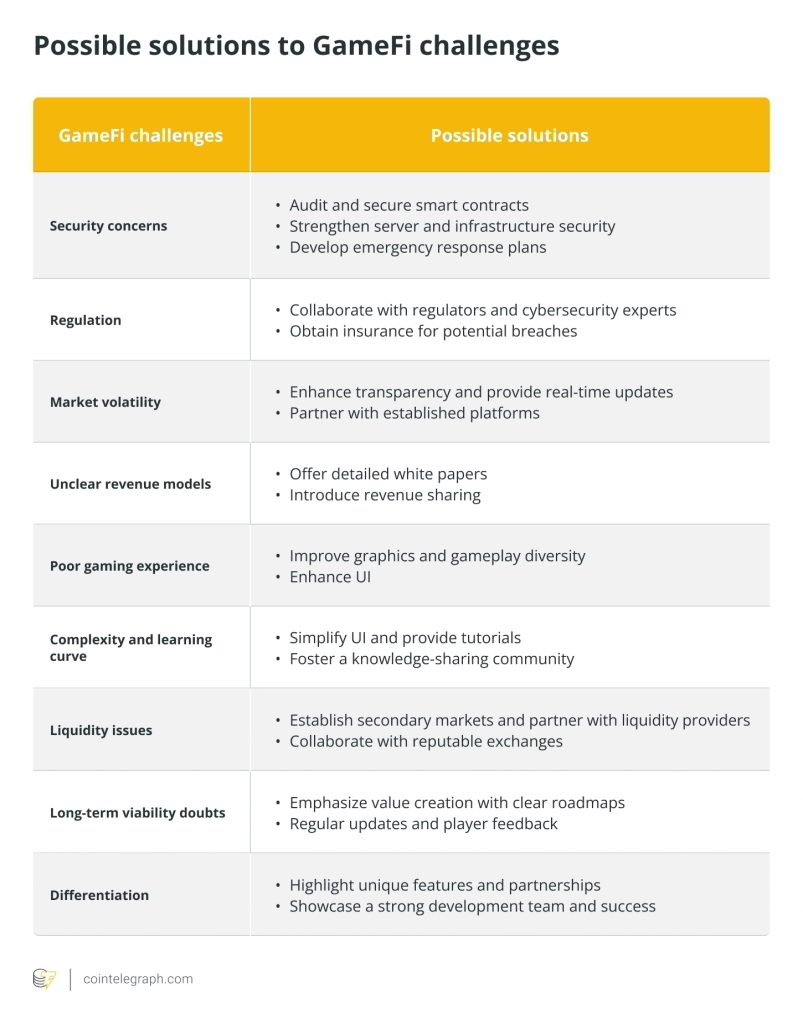
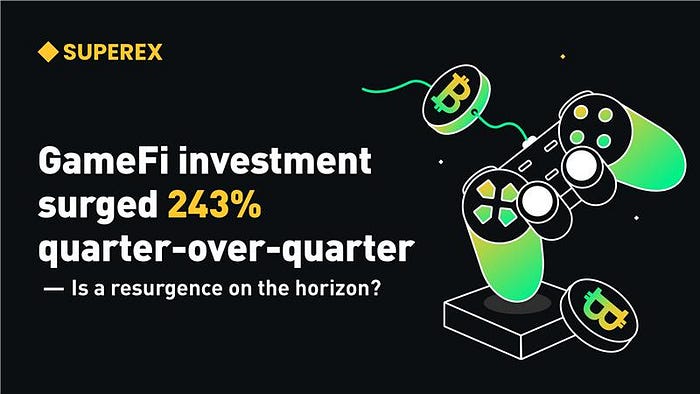
Responses